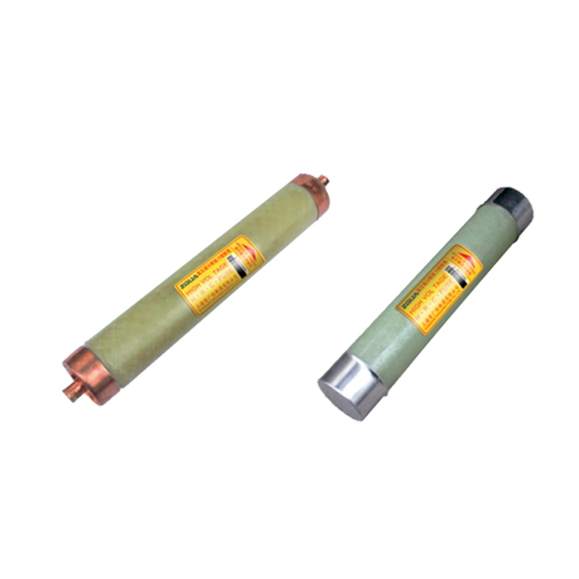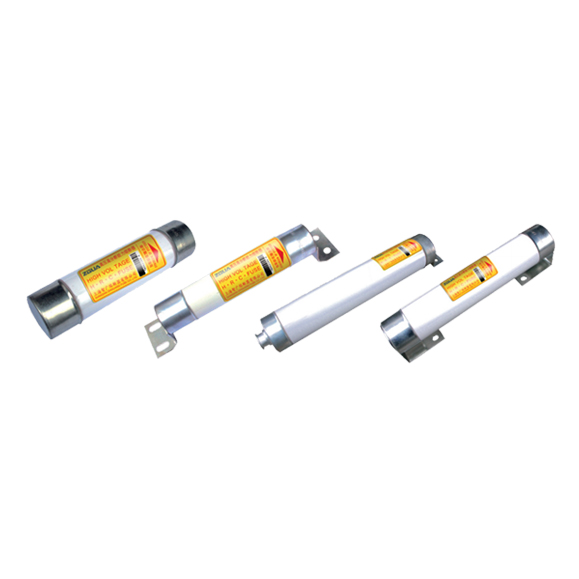What are the two functions of fuse cutout
What are the two functions of fuse cutout?
(1) Overcurrent protection:
Fuse cutouts are designed to protect electrical distribution systems from overcurrents and short circuits. When an excessive current flows through the circuit, the fuse cutout will disconnect the circuit and interrupt the current flow, preventing damage to the system and equipment.
(2) Isolation: Fuse cutouts provide a means of isolating a section of the electrical distribution system for maintenance or repair. By disconnecting the circuit, the fuse cutout allows for safe and controlled access to the equipment without the risk of electrical shock or injury.
The function of a fuse cutout is to protect electrical systems from overcurrent or faults. It is a safety device installed in power distribution systems to interrupt the flow of electricity during abnormal conditions.
When excessive current flows through the circuit, the fuse cutout will detect this and quickly open, disconnecting the circuit and preventing damage to the equipment or risk of fire. This helps to maintain the integrity and stability of the electrical system by isolating the faulty section.
Fuse cutouts consist of a fuse holder assembly and a fuse element. The fuse element is designed to melt and break the circuit when current exceeds the rated capacity. Once the fuse is blown, it can be easily replaced. This allows for quick restoration of the power supply without the need for extensive repairs or replacements.
the main function of a fuse cutout is to ensure the protection and reliability of electrical systems by limiting the damage caused by overcurrent events.

 English
English 中文
中文 Pусский
Pусский Français
Français Español
Español





